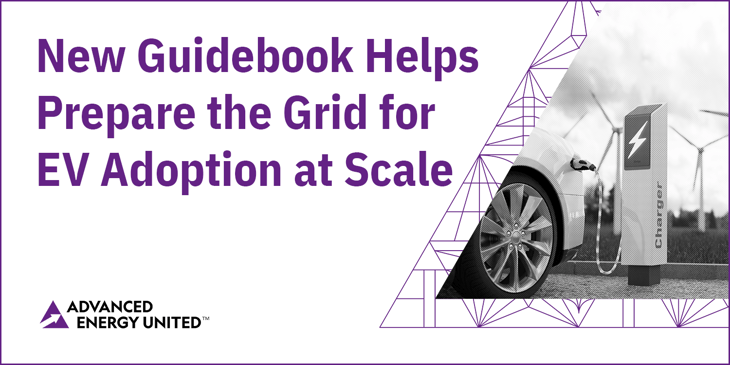
Elizabeth Stears
Recent Posts
State Strategies for an Affordable, Reliable, and EV-Ready Grid
Topics: State Policy, Advanced Transportation, Maryland, New York, Electric Vehicles, Colorado
Building the U.S. Electric Vehicle Supply Chain: What’s Changed Since 2021

Topics: Advanced Transportation, Advanced Energy Employment, Economic Impact, Electric Vehicles

In 36 states, electric vehicle (EV) drivers pay more in annual fees and taxes than drivers of gasoline-powered vehicles. As EVs gain market share, many state policymakers have moved to offset declining gas tax revenues by layering on EV-specific fees. These typically include additional registration charges, sales taxes on public charging, and per-kilowatt-hour (kWh) electricity taxes. While these measures are often framed as efforts to ensure all drivers contribute to road upkeep, they are frequently used to compensate for the long-standing inadequacy of the gas tax—a system that has failed to keep pace with inflation, rising construction costs, and improved fuel economy. The result is a growing patchwork of policies that disproportionately burden EV drivers, often charging them more than their fair share and more than many gasoline vehicle owners. This inequitable treatment risks undermining state and federal electrification and emissions-reduction goals.
Topics: Economic Impact, Electric Vehicles
Key 2024 Legislative Trends Steering the Future of Electrified Transportation

As the demand for electric vehicles (EVs) grows, so does the need for an energy ecosystem capable of supporting a fully electrified transportation future. In 2024, state legislatures made significant strides toward modernizing the electric grid for EVs, including streamlining charging station siting, refining permitting processes, and updating building codes to support America’s growing EV fleet. Together, these policies lay the groundwork for a more fair, efficient, and less polluting transportation system. To synthesize the EV action across the country, Advanced Energy United read and summarized hundreds of bills, which we have distilled down into this series that covers seven dominant trends:
- Grid Modernization: Building the Foundation for Electrification
- Siting and Permitting: Clearing the Path for Infrastructure Expansion
- Building Codes and Parking Requirements: Designing for an EV Future
- Leading by Example: State Fleet Policies
- Electric School Buses: Supporting Healthier Communities
- Fees on EVs
- Financial Incentives for EVs and Infrastructure
Topics: Advanced Transportation, Electric Vehicles
Driving EV Adoption Forward: Celebrating National Drive Electric Week

Electric vehicles (EVs) continue to soar in popularity and, as they become more commonplace, it’s increasingly important for businesses and decisionmakers to not only understand the benefits, complexities, and future use cases for EVs, but also implement policy solutions to better prepare for the widespread transition to electrified transportation.
Kicking off today and running through October 6 is National Drive Electric Week (NDEW), which aims to heighten awareness and highlight the benefits of today's widespread availability of all-electric and plug-in hybrid vehicles. NDEW is a celebration of the transformative power of EVs to lower transportation costs for drivers, improve public health, and even improve electricity resilience for households and communities. During NDEW, there are several events hosted in various cities throughout the country, including EV showcases, test drives, presentations, and community engagement activities to educate the public about the advantages and positive economic and environmental impacts of EVs.
Topics: Advanced Transportation, Clean Electricity, Electric Vehicles